How Motion Graphics Breathe Life into Design (Yes, Literally)
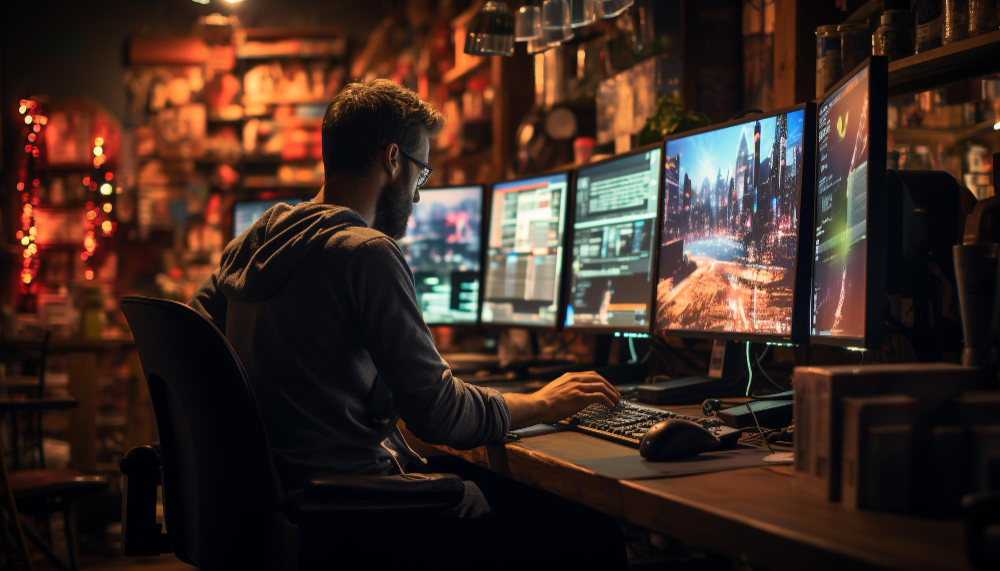
Ever wondered how a movie gets you pumped up right from the beginning? The visually stunning title sequences are often crafted with motion graphics.
Let's face it, static images are cool, but sometimes they feel...well, a bit stuck. Enter motion graphics, the dynamic duo of design and animation that takes your visuals from flat to fantastic!
Think of watching an advertisement for a new smartphone. Instead of a plain image, the screen lights up with sleek animations, illustrating how the phone’s features seamlessly integrate into daily life—texts flying in, apps sliding around, and all accompanied by catchy tunes. That’s the magic of motion graphics!
Hope you must have seen and enjoyed those short, animated explainer videos of various brands that explain a product or service? That's the magic of motion graphics.
Motion graphics aren’t just about making things move randomly; they’re about orchestrating a visual symphony. It’s like being a conductor, but instead of an orchestra, you have pixels and vectors dancing to your tune.
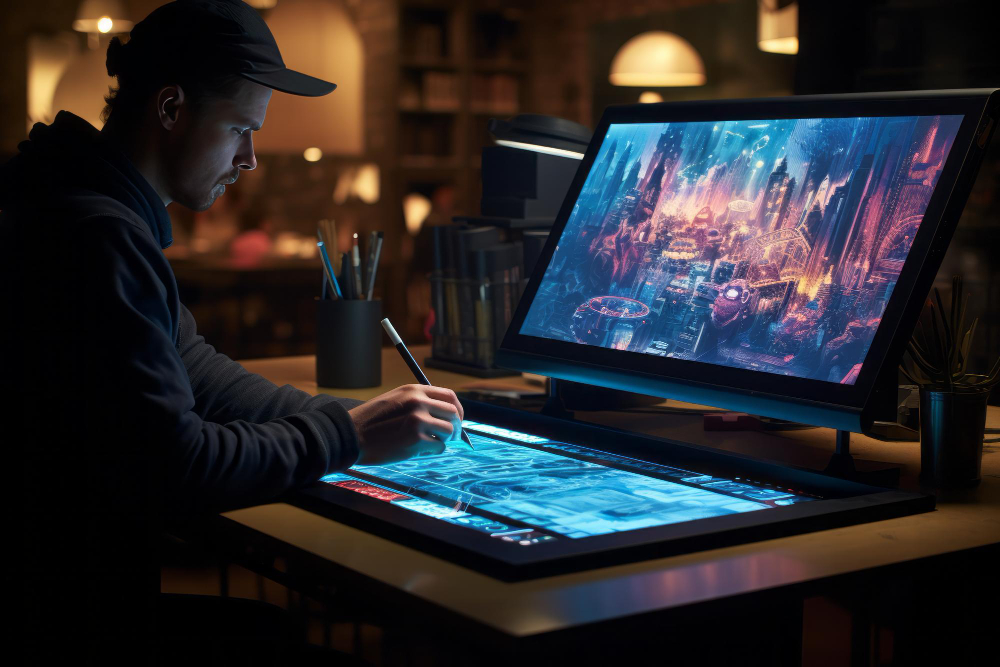
What Makes Motion Graphics Tick?
Motion graphics are the secret ingredient that turns a good design into an unforgettable experience. They take static elements—like logos, typography, or illustrations—and give them life. Remember the iconic intro to movies like the James Bond series? The sleek animations and transitions create an atmosphere that sets the tone for the film.
Let’s talk about Nike. Their ads aren’t just ads—they’re mini movies. Remember the "Dream Crazy" campaign featuring Colin Kaepernick? The motion graphics in that ad conveyed a powerful message, driving home the emotional impact of the narrative.
Dream Crazy' - Colin Kaepernick Nike Ad 2019
Or take a stroll through your favorite app. The subtle animations when you tap a button or swipe a menu aren’t just there for show; they enhance usability and make the whole experience feel smoother and more intuitive.
Even in everyday life, motion graphics are all around us. From animated logos on websites to those fun GIFs that pop up on social media—motion graphics are the unsung heroes of the digital age, adding flair and personality to our screens.
Here's why motion graphics deserve a standing ovation (or at least a thumbs up):
- They grab attention faster than a toddler spotting cake. In our fast-paced world, people are bombarded with visual information. Motion graphics cut through the noise with movement and visual effects, making your message impossible to ignore (kind of like a cat video, but hopefully more informative).
- They explain complex ideas like they're drawing with crayons (but way cooler). Ever struggled to explain something with a million charts and graphs? Motion graphics can simplify complex processes, data, or even scientific concepts with animations that guide viewers step-by-step.
- They tell stories that resonate. Let's be honest, people love a good story. Motion graphics can add personality and emotion to your design, making your brand or message more relatable and memorable. Imagine a logo that winks, or a product demo that unfolds like a mini-adventure – that's the power of storytelling in motion.
The Playful Side of Motion
One of the coolest things about motion graphics is their ability to inject humor into designs. Take a look at those quirky explainer videos or animated shorts that make you chuckle. The way characters move, the clever transitions, or even just a well-timed bounce can turn a mundane concept into something entertaining.
Imagine you’re designing a website for a pet grooming service. A static picture of a cute puppy is adorable, sure. But add a wagging tail and some playful bouncing, and suddenly, you’ve got potential customers grinning from ear to ear!
Tools of the Trade
Creating motion graphics is like being a digital artist armed with specialized tools. Software like Adobe After Effects, Blender, or even good ol’ Photoshop lets designers breathe life into their creations. It’s not just about knowing how to draw; it’s about mastering the art of timing, pacing, and visual storytelling.
Some of the essential tools of the trade that empower animators to bring their creative visions to life are
1. Animation Software
Animation software forms the backbone of any motion graphics workflow. Here are some popular tools used by animators:
- Adobe After Effects: A versatile software for creating motion graphics, visual effects, and animations. After Effects offers a wide range of tools for keyframing, compositing, and adding effects.
- Adobe Animate (formerly Flash): Ideal for 2D animations and interactive content. Animate is used for character animation, web animations, and game development.
- Toon Boom Harmony: A professional animation software for both 2D and cut-out animation. It's widely used in the animation industry for TV series and feature films.
- Blender: An open-source 3D creation suite that includes robust animation tools. Blender is used for modeling, rigging, rendering, and animating in both 2D and 3D.
- Cinema 4D: Popular for 3D motion graphics and visual effects. It's user-friendly and offers powerful tools for modeling, animation, and rendering.
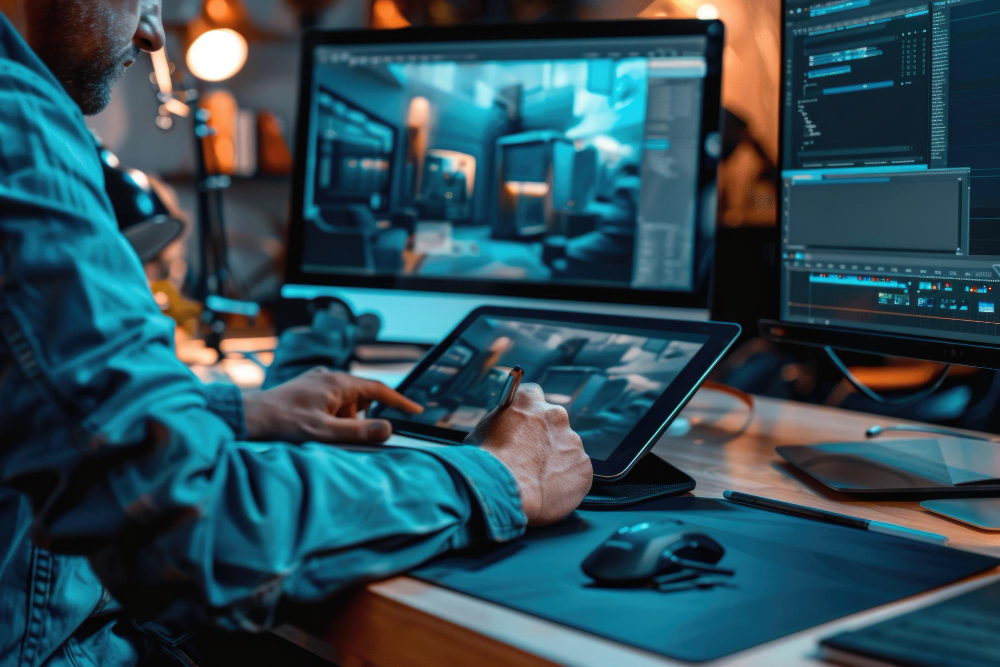
2. Graphic Design Tools
Animation often starts with static designs that are brought to life through motion. Graphic design software plays a crucial role in creating assets for animations:
- Adobe Photoshop: Used for creating and editing raster graphics, textures, and backgrounds for animations.
- Adobe Illustrator: Ideal for vector-based artwork used in motion graphics. Illustrator files can be imported into animation software and animated with ease.
3. Video Editing Software
Animations often need to be integrated into video projects or polished for final delivery. Video editing tools help in assembling and refining animations:
- Adobe Premiere Pro: Used for video editing, adding sound, and integrating animations with video footage.
- Final Cut Pro X: Another popular video editing software with advanced features for professionals.
4. Plugins and Scripts
Motion designers often rely on plugins and scripts to extend the capabilities of their animation software:
- Duik Bassel: A powerful rigging and animation toolset for character animation in After Effects.
- Newton 3: A physics-based animation tool for simulating dynamics and interactions between objects.
- Joysticks 'n Sliders: A tool for creating character animation controllers and simplifying animation workflows.
5. Hardware
While not software tools per se, hardware plays a crucial role in animation production:
- High-Performance Computers: Animation software can be resource-intensive, so a powerful computer with a good GPU and ample RAM is essential.
- Graphics Tablets: Preferred for drawing and animating directly on-screen, providing more control and precision than a mouse.
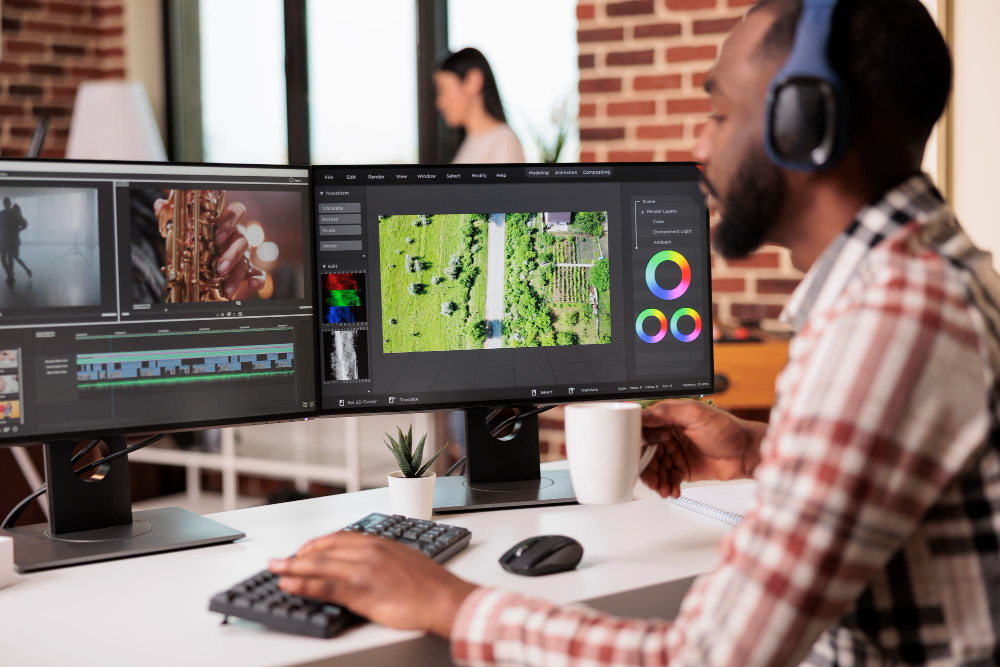
The Technical Wizardry
Motion graphics blend artistry with technical prowess. Designers use keyframes, easing functions, and layering techniques to bring designs to life. It’s a bit like puppetry, but with pixels! The challenge lies in making movements feel natural and seamless, like the digital world has a mind of its own.
Trends and Innovations
The world of motion graphics is constantly evolving. New technologies like augmented reality (AR) and virtual reality (VR) are pushing the boundaries of what’s possible. Imagine interacting with a 3D animation in real-time or exploring a virtual environment with motion-driven interfaces. The future is brimming with exciting possibilities!
Let's look into the exciting trends and innovations shaping the world of animations and motion graphics:
1. Augmented Reality (AR) and Virtual Reality (VR)
These technologies are revolutionizing how we interact with animations. AR overlays digital content onto the real world, creating immersive experiences through smartphones or AR glasses. VR, on the other hand, transports users into entirely virtual environments using specialized headsets.
In the domain of motion graphics, AR and VR open up new avenues for storytelling and user engagement. Imagine exploring a museum exhibit where historical figures come to life through interactive animations, or attending a virtual concert where the stage is alive with dynamic visuals.
2. Interactive Motion Graphics
Motion graphics are no longer confined to passive viewing. Interactive elements allow users to control animations based on their actions, creating personalized experiences. For instance, websites use interactive animations to guide users through navigation or to showcase product features dynamically.
This trend blurs the line between user interface (UI) and motion design, making interactions more intuitive and engaging.
3. Cinematic Animations for Branding
Brands are increasingly turning to cinematic-quality animations for branding and marketing. High-production animations convey a sense of luxury and sophistication, elevating brand perception. From animated logo reveals to immersive storytelling in commercials, cinematic animations captivate audiences and leave a lasting impression.
4. Motion Graphics in User Interfaces (UI)
Motion design plays a crucial role in modern user interfaces. Micro-interactions—subtle animations triggered by user actions—enhance usability and provide visual feedback. Smooth transitions between UI elements create a seamless user experience, making interfaces feel responsive and polished.
5. 3D Motion Graphics
The rise of 3D motion graphics brings depth and realism to animations. Advanced software tools enable designers to model, texture, and animate intricate 3D scenes. From product visualizations to animated characters, 3D motion graphics add a layer of complexity that traditional 2D animations can't match.
6. Experimental and Abstract Motion
Some of the most innovative animations push the boundaries of traditional design. Experimental and abstract motion graphics challenge conventions, exploring new forms of expression and aesthetics. These animations often prioritize artistic expression over practicality, inspiring new ideas and sparking creativity.
7. Incorporation of AI and Machine Learning
AI technologies are influencing motion graphics by automating repetitive tasks and generating dynamic content. Machine learning algorithms can analyze user behavior to personalize animations or assist in creating complex visual effects. As AI continues to evolve, its impact on motion graphics will only grow.
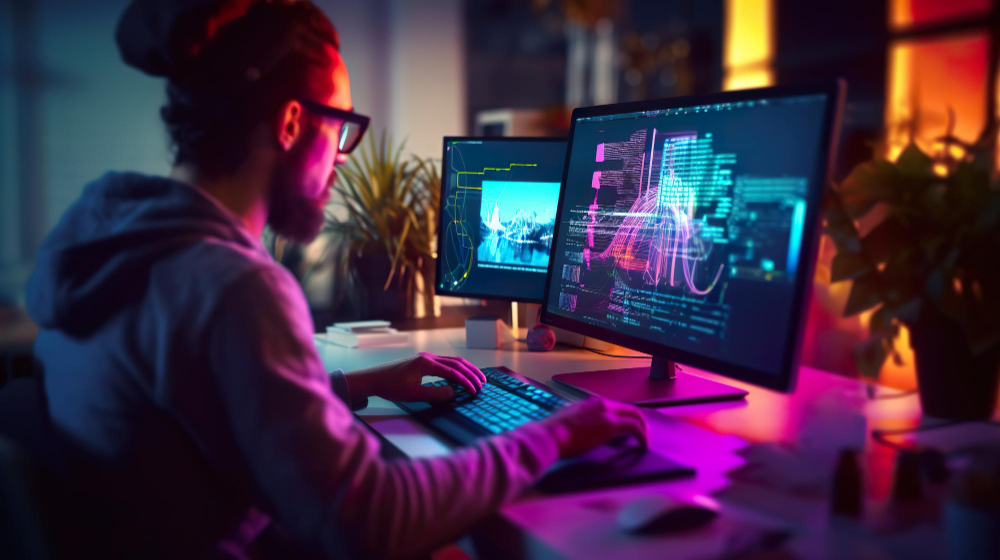
Wrapping It Up
Motion graphics are the secret sauce that adds spice to design. They take creativity to the next level, transforming static visuals into dynamic masterpieces. Whether it’s for advertising, entertainment, or simply adding that extra oomph to a project, motion graphics are the unsung heroes of the design world.
As we look ahead, the future of motion graphics promises even more exciting developments. From real-time rendering techniques to adaptive animations that respond to user inputs, the boundaries of what's possible continue to expand.
So, next time you’re sketching out a new design, consider how a touch of motion could elevate it to new heights. After all, who doesn’t love a little animation in their life?
The world of animations is evolving rapidly, and those who embrace these changes will lead the way in creating captivating visual experiences.
Keep creating, keep experimenting, and remember—with motion graphics, the sky’s the limit!
Happy designing!
Do let us know in the comments if you enjoyed reading this blog.
